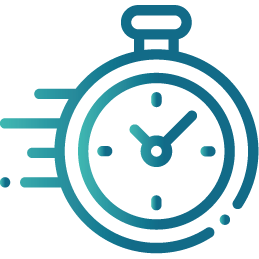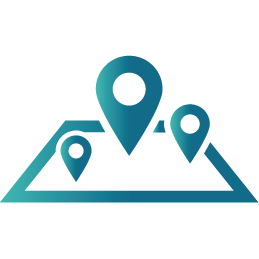Leading-Edge RTLS Solutions
for Business Growth in Logistics, Manufacturing and Trasportation
OUR SUCCESS CASES
Our projects and case studies: tailor-made customizations, increased efficiency, safety and quality, and returns on investment.
Find out how we helped our customers!

